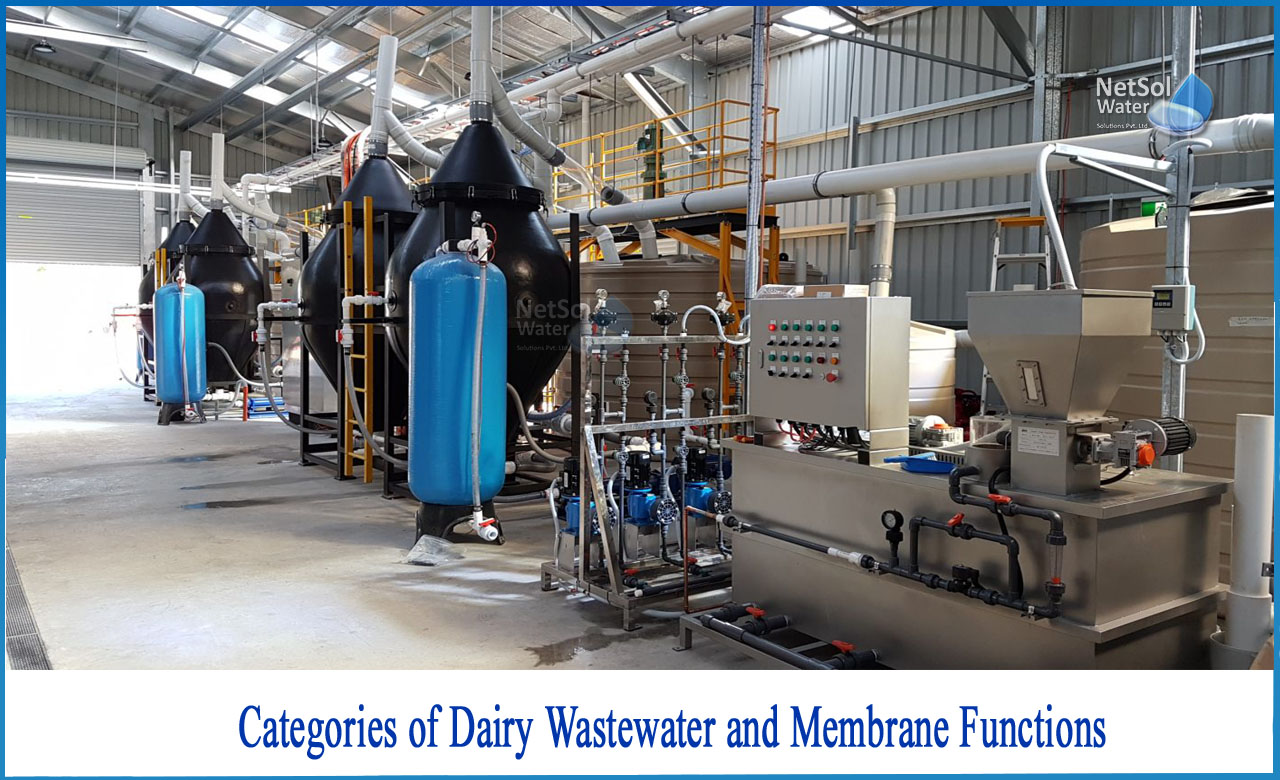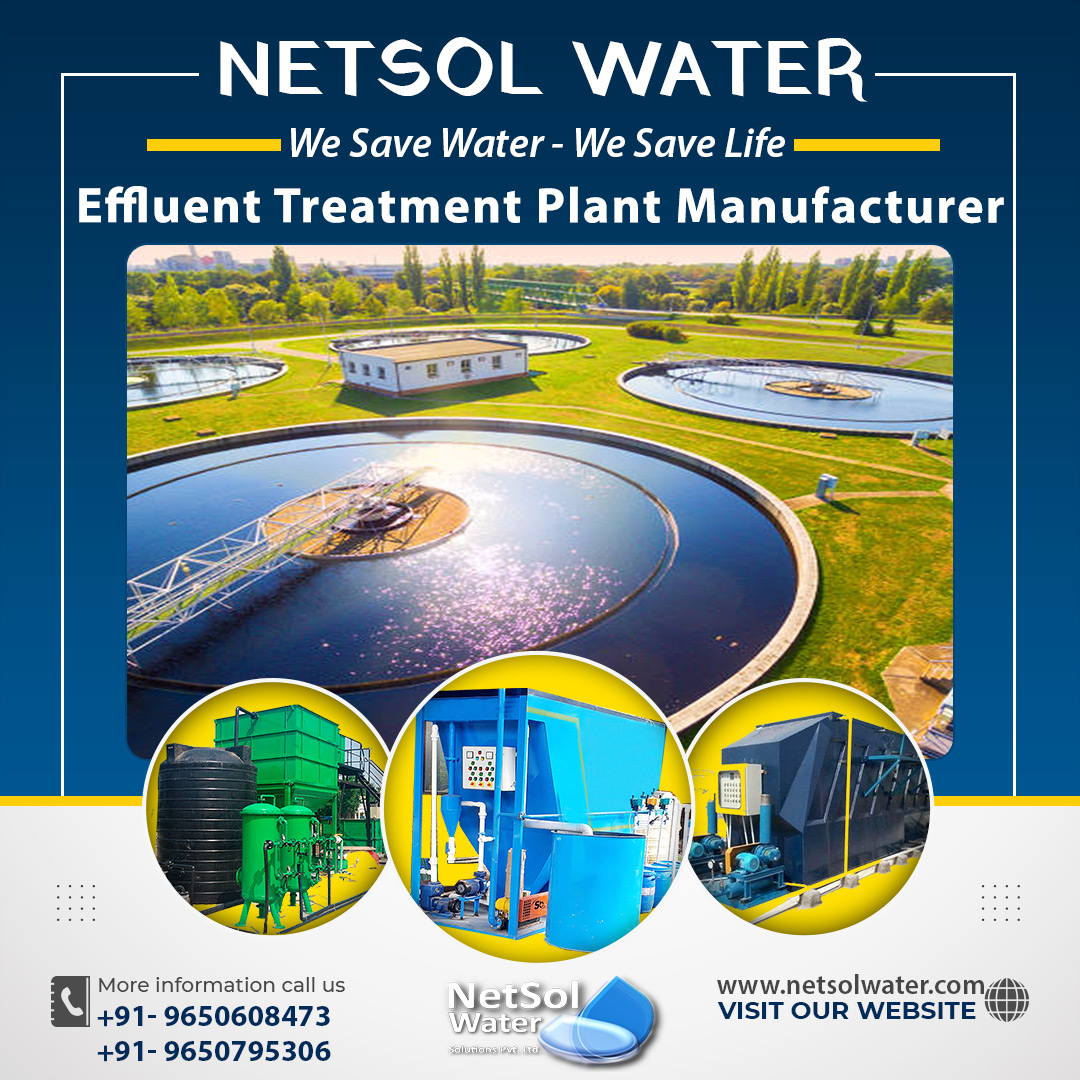What are the Categories of Dairy Wastewater and Membrane Functions?
One of the greatest challenges our dairy industry faces is the accumulation of wastewater contaminants.The functioning of dairy processing endows a wide spectrum of wastewater pollutant loads with a high level of organic matter absorption.
Typical dairy activities include rinsing, cleaning, and sanitizing tanks and product transport lines, as well as equipment start-up, product changeover, and loss while filling. All of these events result in a pollutant heap including a high concentration of fat, protein, lactose, lactic acid, detergents, and sanitizers.
Categories of Dairy Wastewater
The large range of dairy products necessitates the presence of a wide range of effluent types. However, some broad types can be identified based on their origin and composition.
1: Processing water is created when milk is cooled in particular coolers and condensers, as well as condensates from milk or whey evaporation. Although it may contain volatile compounds as well as milk or whey droplets from evaporators, milk and whey drying creates vapors, which form the cleanest effluent after condensation. Processing waters, in general, are free of contaminants and can be reused or discharged with rainwater, with minor pretreatment. For systems that are not in direct touch with derived products, water re-use is allowed. Hot water and steam production, as well as membrane cleaning, are common applications.
2: Water from the last rinse of bottles after pasteurization and condensates formed in vacuum installations from secondary vapors, can be used for room cleaning, lawn irrigation, and other purposes.
3: Wastewater treatment Cleaning wastewater is typically generated by washing machines that come into touch with milk or dairy products. Milk and product leakage, whey, pressing, and brine, CIP effluents or equipment breakdown, and even operational errors are all examples.
Milk and manufacturing residues account for almost 90% of organic solids in effluents: cheese pieces, whey, cream, water from separation and clarity, starter cultures, yoghurt, fruit concentrates, or stabilizers. These effluents are plentiful and highly contaminated, necessitating additional treatment.
4: Sewage from the sanitary system can be found in restrooms, shower rooms, and other public areas. Sanitary wastewater is comparable to municipal wastewater in composition and is usually piped straight to sewage treatment plants. Before a subsequent aerobic treatment, it can be employed as a nitrogen source for imbalanced dairy effluents.Furthermore, if by-products of manufacturing processes such as whey, milk, and whey permeates are collected separately from other effluent streams, they might be categorized together.
Major contaminants in the dairy wastewater
1: Because of its high organic and volumetric load, whey is the most important contaminant in the milk processing wastewater. It accounts for 85–95 percent of the volume of milk and 55 percent of the milk components.
2: Proteins and lactic acid make up less than 1% of the total, lipids are roughly 0.4–0.5%, and salts range from 1 to 3%.
Factors contributing to less efficient WWT management in Dairy Industry
The efficiency of wastewater treatment management is affected by the volumetric and flow rates of dairy wastewater (depending on production capacity and work shifts), as well as pH and total suspended solids (TSS) content (as a result of applied CIP technologies). It's crucial to know how much milk will be pasteurized, how much milk will be made into cheese, and whether all of the whey will be released in wastewater.
Use of Membrane Technology in treating Dairy Wastewater
Several studies looked into using membrane processes to treat dairy effluent. The usage of membrane filtering technology provides a variety of benefits to consumers. The membrane technology is a unique non-thermal, environmentally friendly technology that minimizes the negative effects of temperature rise, such as phase shifts, protein denaturation, and changes in product sensory qualities.
Membrane functions
Reverse Osmosis, Microfiltration, ultrafiltration, nanofiltration, dialysis and electrodialysis, are some of the most promising membrane processes. Membrane filtration is the removal or separation of particulate and colloidal particles from a liquid using a selective barrier of 0.0001–1.0 m in diameter.
Conclusion: How does Dairy Wastewater affect humans and aquatic life?
Milk and dairy products are examples of industrial effluent sources that pollute natural aquatic habitats significantly. Dilution of milk or dairy products is a common source of wastewater. Detergents, disinfection materials, machine oils, and cleaning cloth fibers are also found in wastewater.
When dairy effluent is disposed of without treatment, it can cause adverse effects in fish growth, reproduction, and immunity in water bodies, as well as harmful effects on beneficial microorganisms and plant growth due to decreased micronutrient solubility, serious health and hygiene issues, and eutrophication.
Membrane technology has only been used in wastewater treatment via biological treatment for the last 20–30 years. It is undergoing rapid growth since it eliminates many of the drawbacks of traditional methods. Membrane technologies, due to their unique features, are proving to be an effective solution for most wastewater treatment. They can work on their own or in conjunction with other wastewater treatment technologies.
What can Netsol Water offer?
With the changing nature of the dairy business and the introduction of new comprehensive ranges of products being produced in the market, we have created our Performance Guarantee Program to hold ourselves fully accountable for any planning errors in our solutions. This would undoubtedly assist you in removing your wastewater concerns.
Our range of Membrane bioreactors provide efficient solid-liquid separation, large effluent outputs, lower plant capacities, and less sludge generation.We can provide extremely dependable and efficient wastewater solutions that can remove physical, chemical and biological contaminants from your dairy effluent and a variety of other hazardous impurities.




